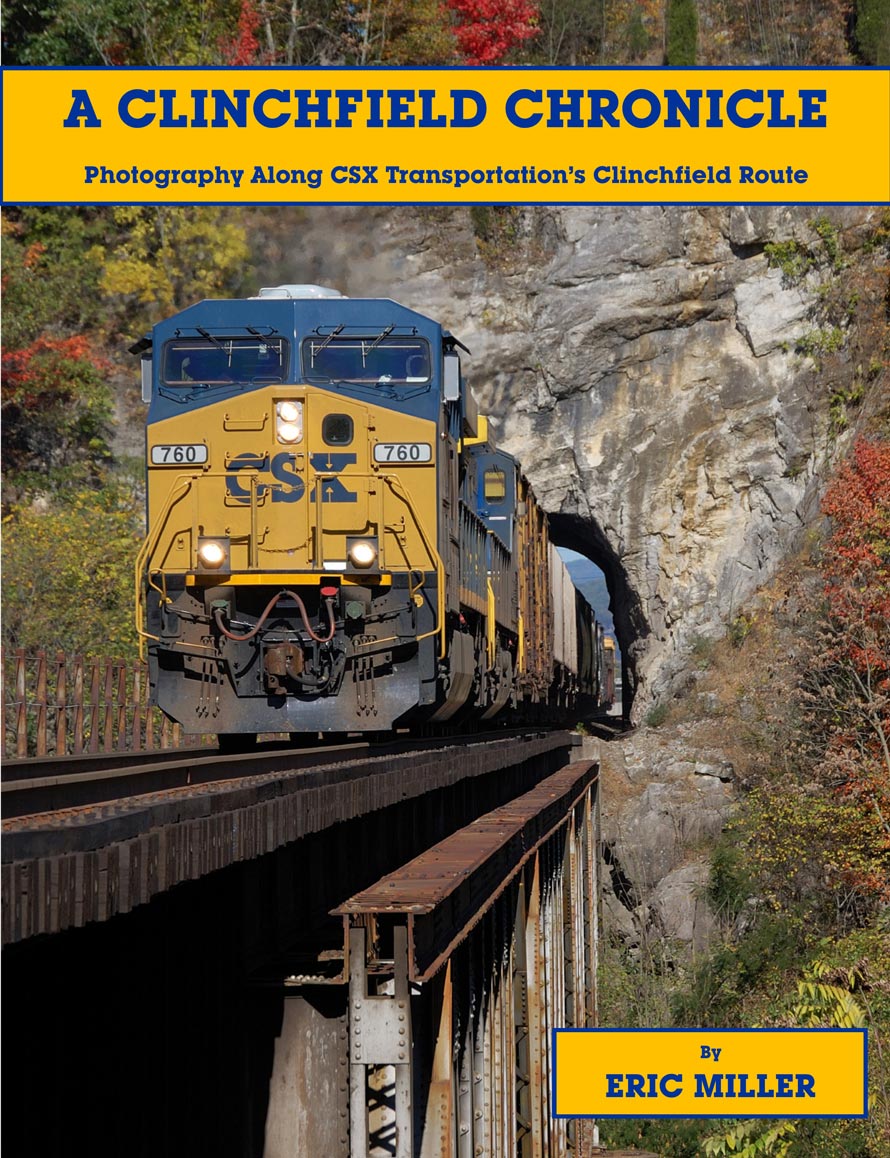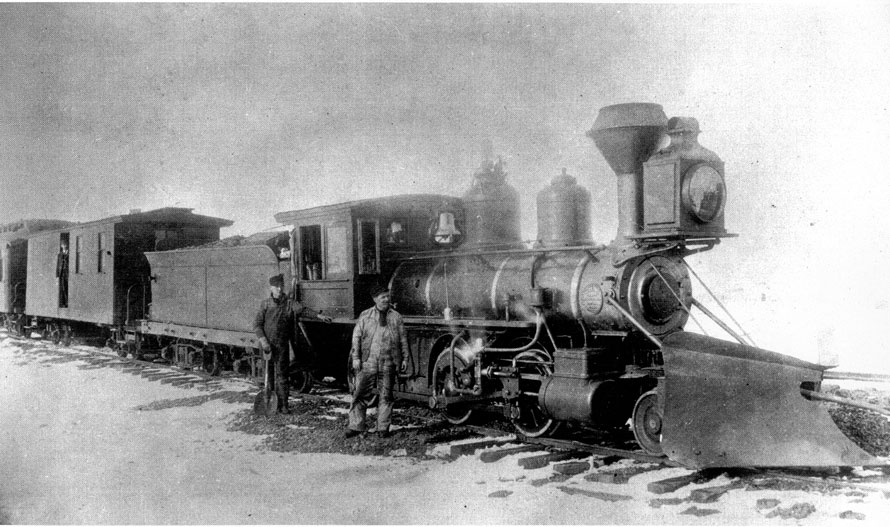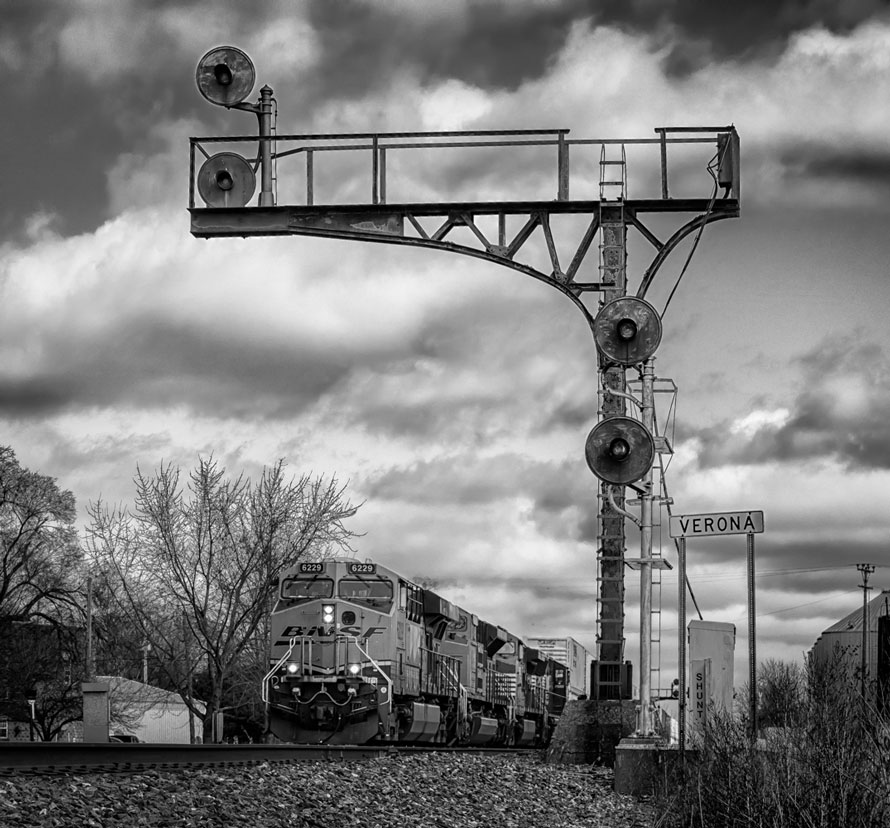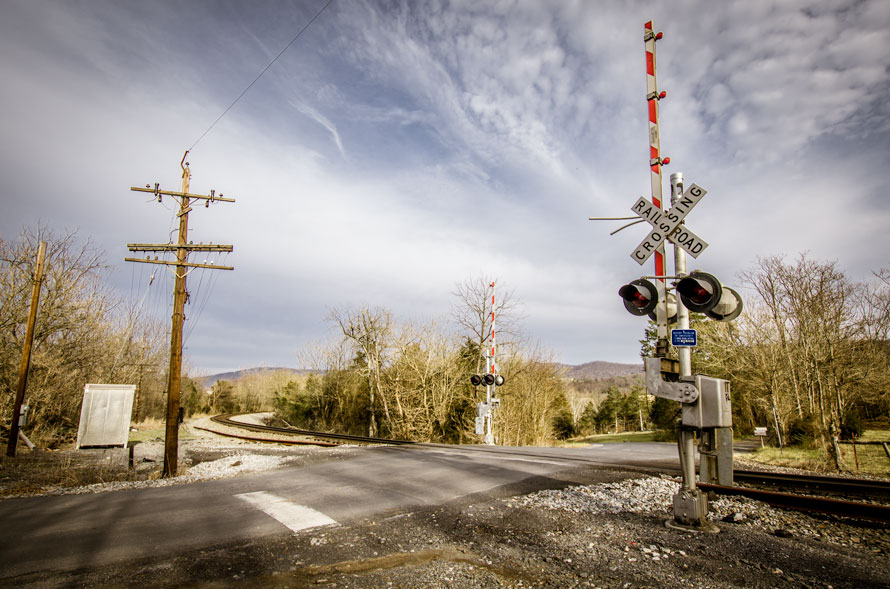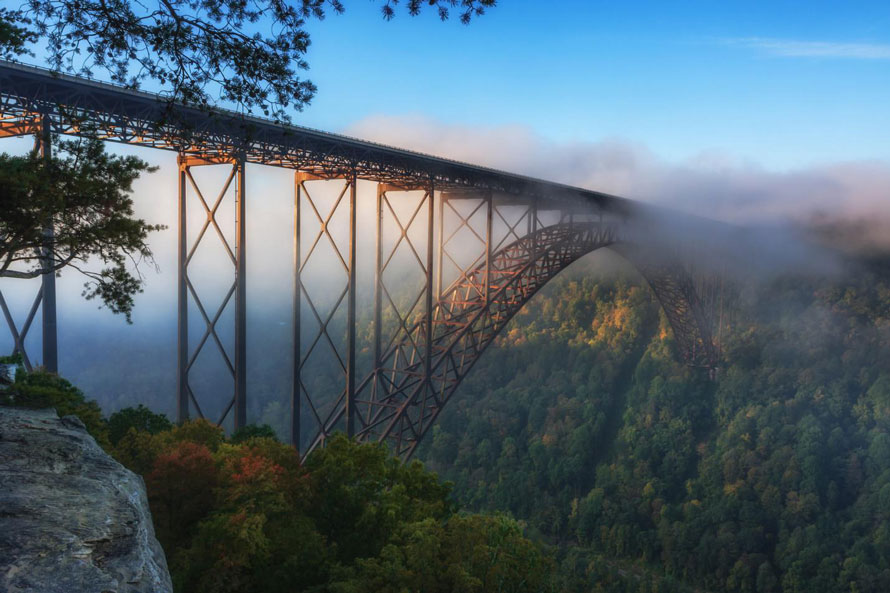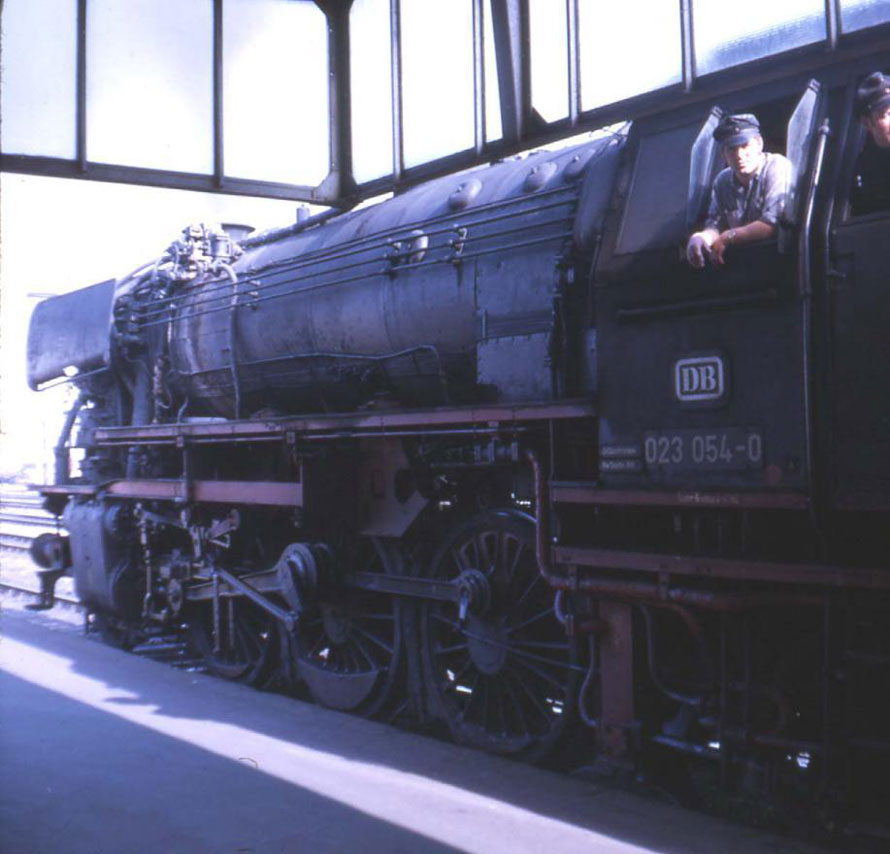
As a US Army soldier stationed in West Germany during 1971 and the first quarter of 1972, I had an opportunity to witness and photograph one of the last bastions of steam in regular service and to observe operations at a major train station.
The German Federal Railway (Deutche Bundesbahn or DB) was formed as the state railway system of the newly formed Federal Republic of Germany on September 7, 1949. The DB was a successor to the Deutsche Reichsbahn-Gesellschaft (DRG). The original DB remained the state railway of West Germany until after German reunification, when it was merged with the former East German Deutsche Reichsbahn (DR) to form Deutsche Bahn AG, which came into existence on January 1, 1994. The DB initials remained but the logo was slightly modified to a more modern style.
The post where I was stationed was located in Wiesbaden and was known as Camp Pieri. It was located near the top of a hill and on clear days you could see part of the city and even the city of Mainz, which was located across the Rhine River.
After being in Germany for a little while, I was itching to get out to do some train watching. I had no car at the time so I depended on public transportation to get around Wiesbaden. Read more
